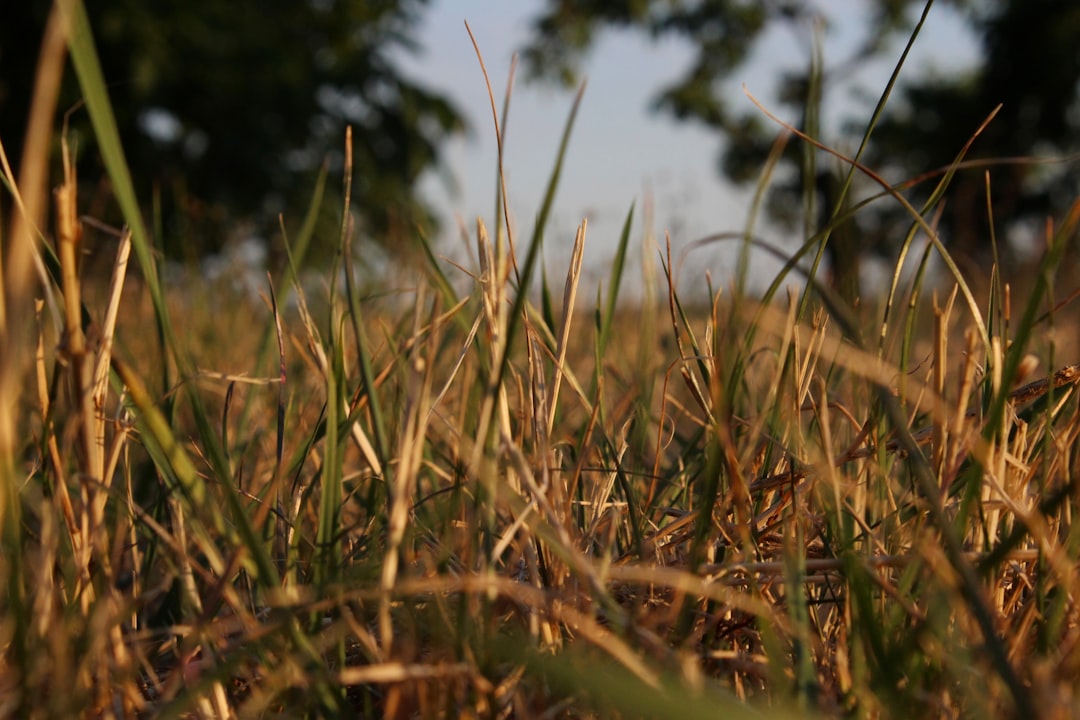Weeds—those pesky invaders that seem to grow faster and stronger than your prized plants. Whether you're cultivating a vegetable garden, maintaining a flower bed, or landscaping your lawn, weeds are an inevitable challenge. The key to managing them lies in a balanced approach that combines prevention, control, and effective removal techniques.
In this blog post, we’ll cover proven strategies for tackling weeds that are applicable to any climate or region. From prevention tips to removal methods, you’ll learn how to keep your garden thriving without being overrun by these unwelcome guests.
Understanding Weeds: Why They Thrive
Weeds are nature’s opportunists. They grow where conditions are ideal—disturbed soil, excess nutrients, and abundant sunlight. While some weeds may actually improve soil structure or indicate certain soil conditions, most compete with your plants for water, nutrients, and space.
Understanding why weeds thrive can help you take proactive measures to prevent them.
Step 1: Prevention Is Better Than Cure
The best way to manage weeds is to stop them before they start. Here are some preventative strategies:
1. Mulch Effectively
- Why It Works: Mulch blocks sunlight, which weeds need to germinate.
- How to Do It: Apply a 2–4 inch layer of organic mulch (like straw, bark, or shredded leaves) or inorganic mulch (like gravel) around your plants.
2. Use Landscape Fabric or Plastic Sheeting
- Why It Works: These materials create a physical barrier that prevents weeds from breaking through.
- Best Practice: Cover the fabric with mulch for a polished look and added weight.
3. Dense Planting
- Why It Works: Crowded plants leave little room for weeds to grow.
- How to Do It: Use companion planting techniques or choose ground cover plants to fill gaps.
4. Solarization
- Why It Works: Solarization uses heat to kill weed seeds in the soil.
- How to Do It: Cover soil with clear plastic during hot months to trap heat and sterilize the ground.
Step 2: Early Detection and Control
When weeds do appear, catching them early is critical. A small weed is much easier to manage than one that’s well-established.
1. Hand-Pulling
- When to Use: For small, isolated weeds.
- Tips: Pull weeds when the soil is moist (after rain or watering) to get the roots out easily. Use gloves and tools like a weeding fork for deep-rooted weeds.
2. Hoeing
- When to Use: For larger areas of young weeds.
- How to Do It: Use a sharp hoe to slice weeds just below the soil surface. Choose a dry day to prevent regrowth.
3. Spot Treatment
- When to Use: For persistent or invasive weeds.
- How to Do It: Use organic herbicides (like vinegar) or apply chemical herbicides selectively to minimize damage to surrounding plants.
4. Smothering
- When to Use: For areas overrun with weeds.
- How to Do It: Cover the area with cardboard, newspaper, or thick mulch to block sunlight and suppress weed growth.
Step 3: Long-Term Weed Management
For a weed-free garden over time, adopt these sustainable strategies:
1. Improve Soil Health
- Healthy soil grows healthy plants, leaving less room for weeds. Add compost or organic matter regularly to improve fertility and structure.
2. Rotate Crops
- Why It Works: Crop rotation prevents the buildup of weeds (and pests) specific to certain crops.
- How to Do It: Alternate the location of your vegetable crops each season.
3. Manage Edges and Borders
- Weeds often creep in from the edges. Maintain clean borders with edging tools or barriers.
4. Control Watering
- Water your plants, not the weeds. Use drip irrigation or targeted watering to avoid providing weeds with extra moisture.
Common Weeding Mistakes to Avoid
- Letting Weeds Go to Seed: A single weed can produce thousands of seeds, leading to more weeds in the future. Remove weeds before they flower.
- Over-Cultivating Soil: Disturbing soil brings dormant weed seeds to the surface, where they can germinate. Minimize tilling and digging.
- Ignoring Problem Areas: Keep pathways, fence lines, and neglected corners weed-free to prevent spread.
Globally Applicable Weed Management Tips
No matter where you live, the following tips can help you manage weeds effectively:
- Know Your Weeds: Learn to identify the weeds in your area. Some may have beneficial properties, like nitrogen-fixing or erosion control.
- Adapt to Your Climate: In dry regions, focus on mulching to retain moisture and suppress weeds. In wet climates, prioritize drainage and border maintenance.
- Be Consistent: Regular weeding (even just 15 minutes a week) prevents small problems from turning into big ones.
Conclusion: Win the Battle Against Weeds
Weeding doesn’t have to be an endless battle. By combining preventive measures, early intervention, and sustainable practices, you can keep your garden weed-free and thriving. Mulch your beds, plant densely, and stay vigilant to stop weeds from taking over.
Remember, every garden has its own challenges, so be patient and adaptable. With time and effort, you’ll master the art of weed management and enjoy a healthier, more productive garden.
What are your go-to weeding strategies? Share your tips and tricks in the comments below!

Comments
No comments yet. Be the first to comment!
You must be logged in to comment. Login